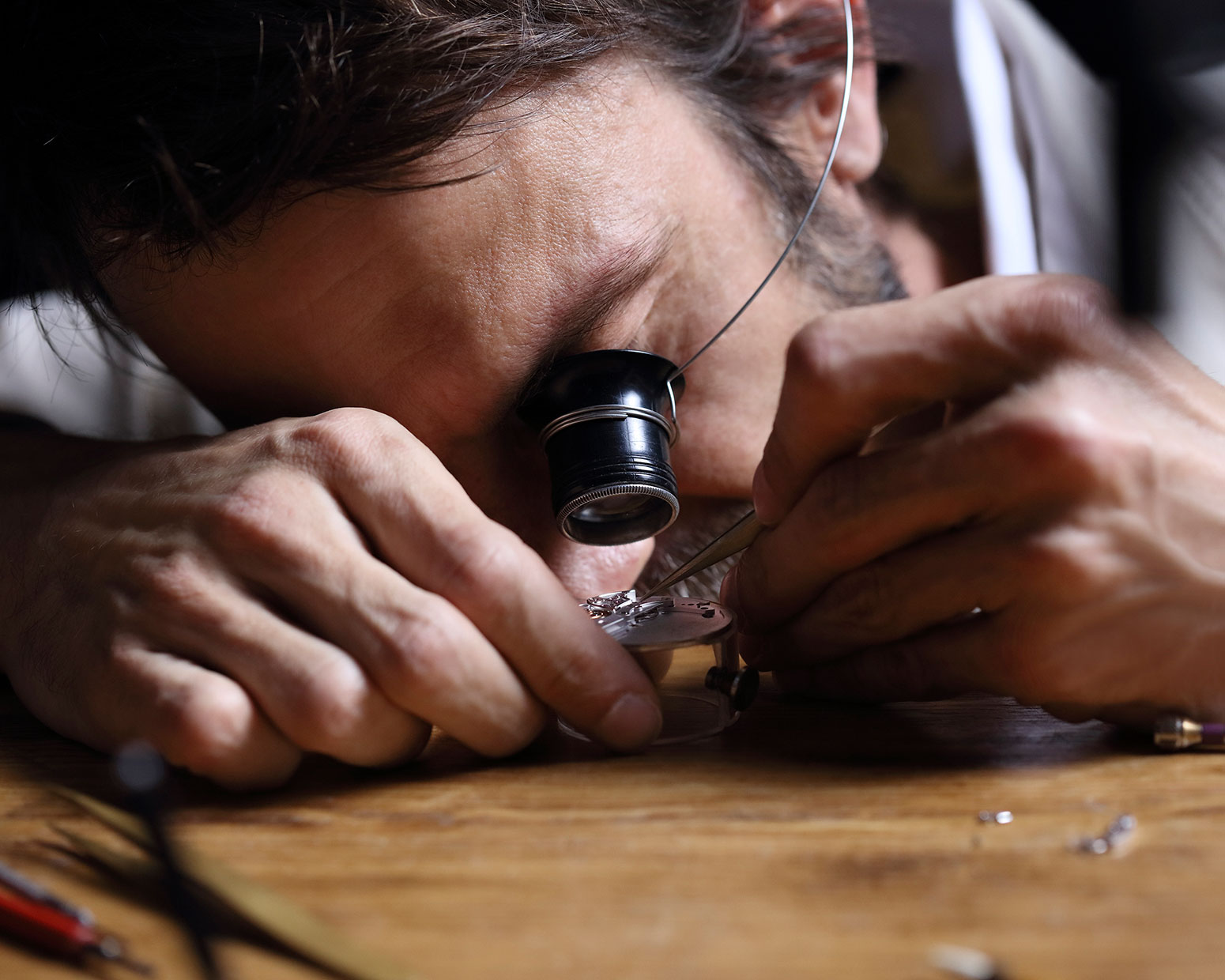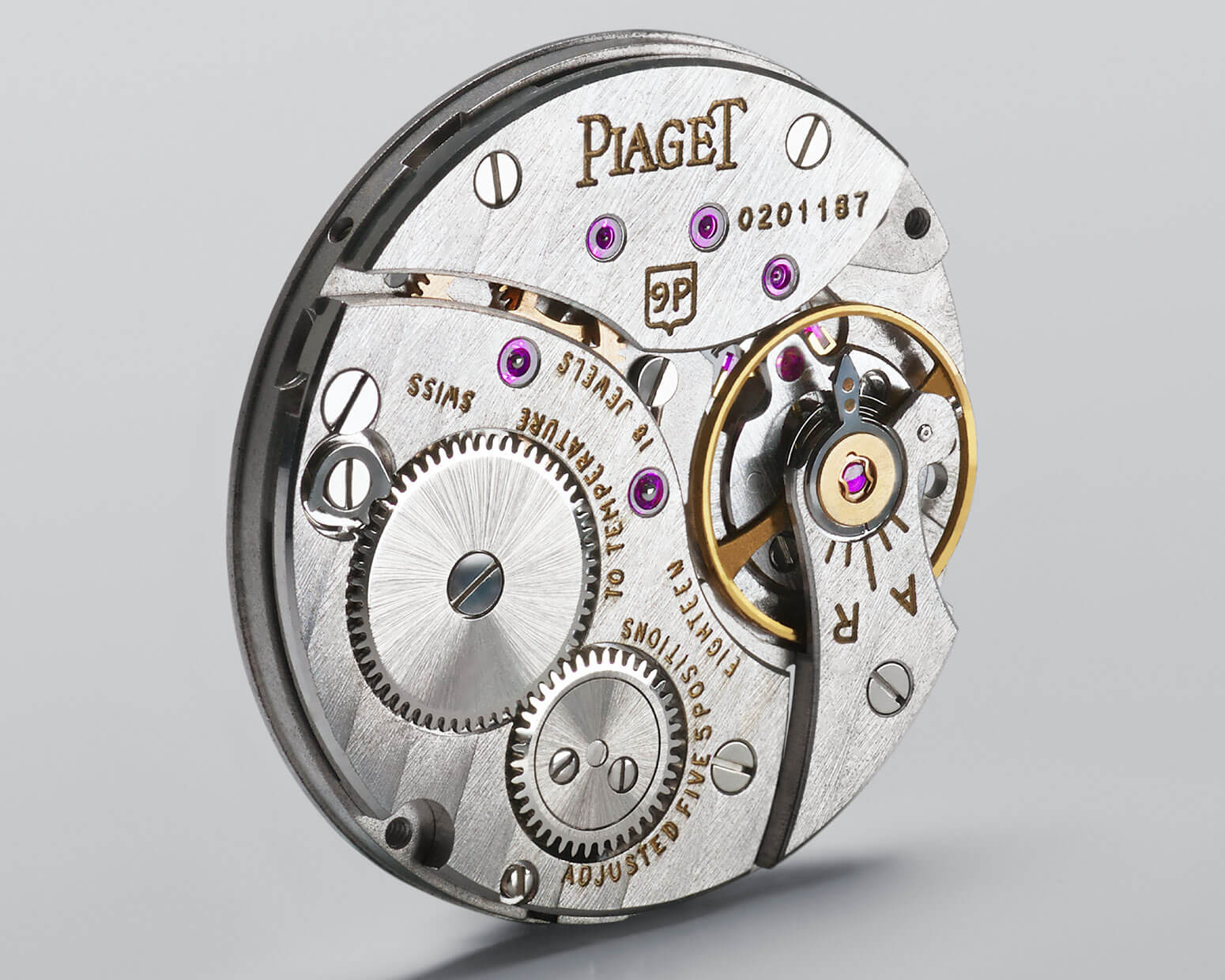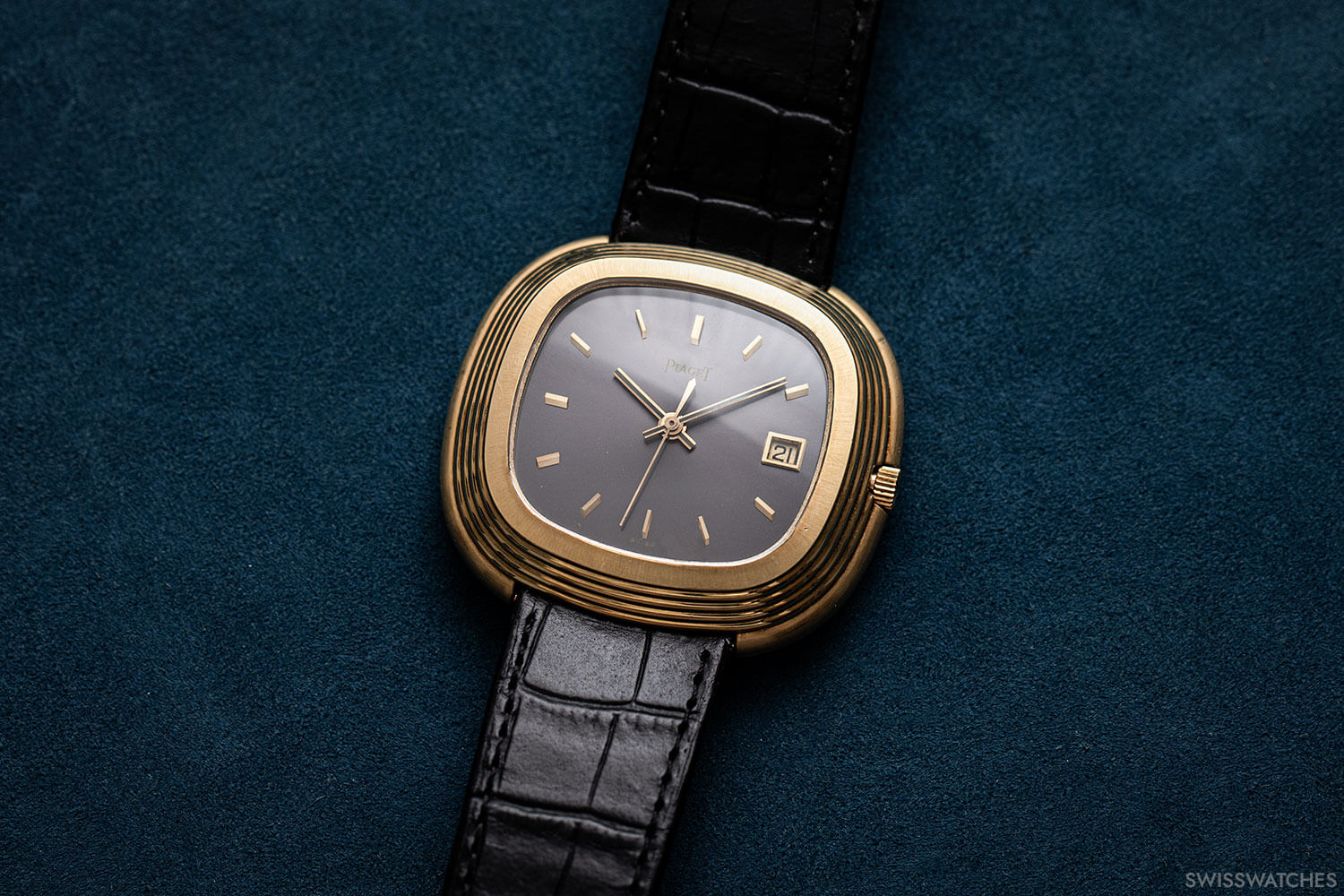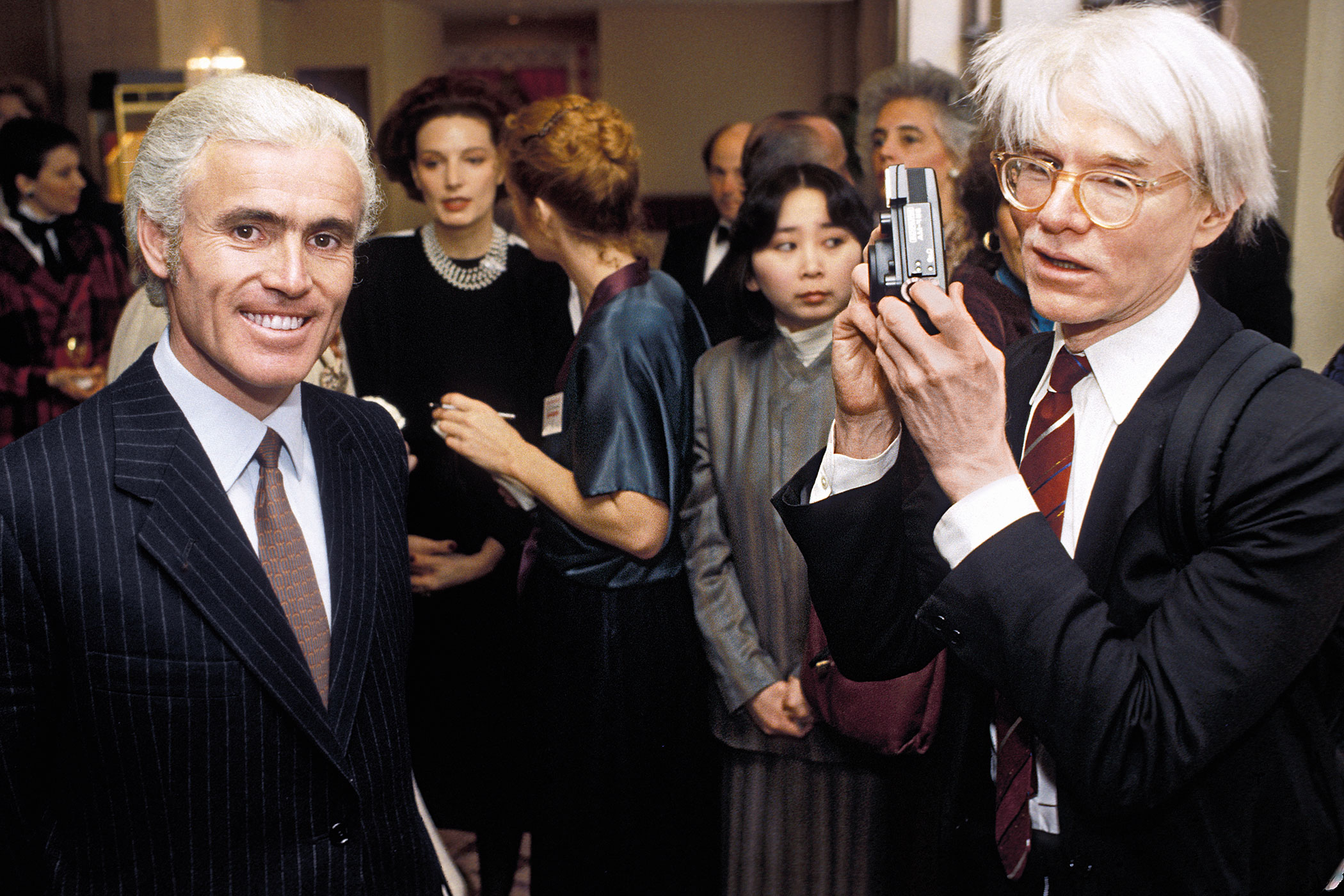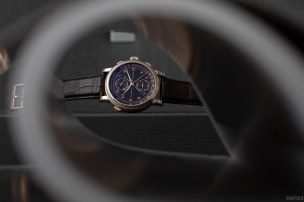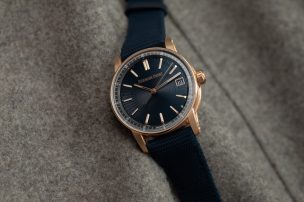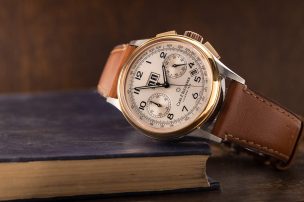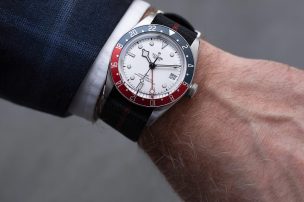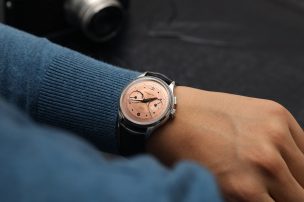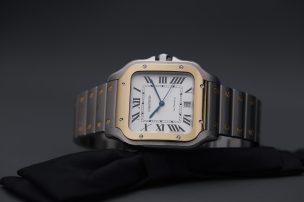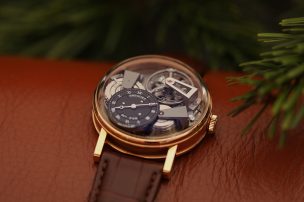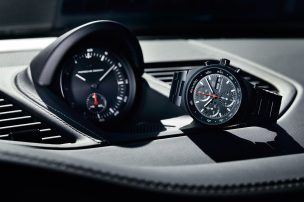
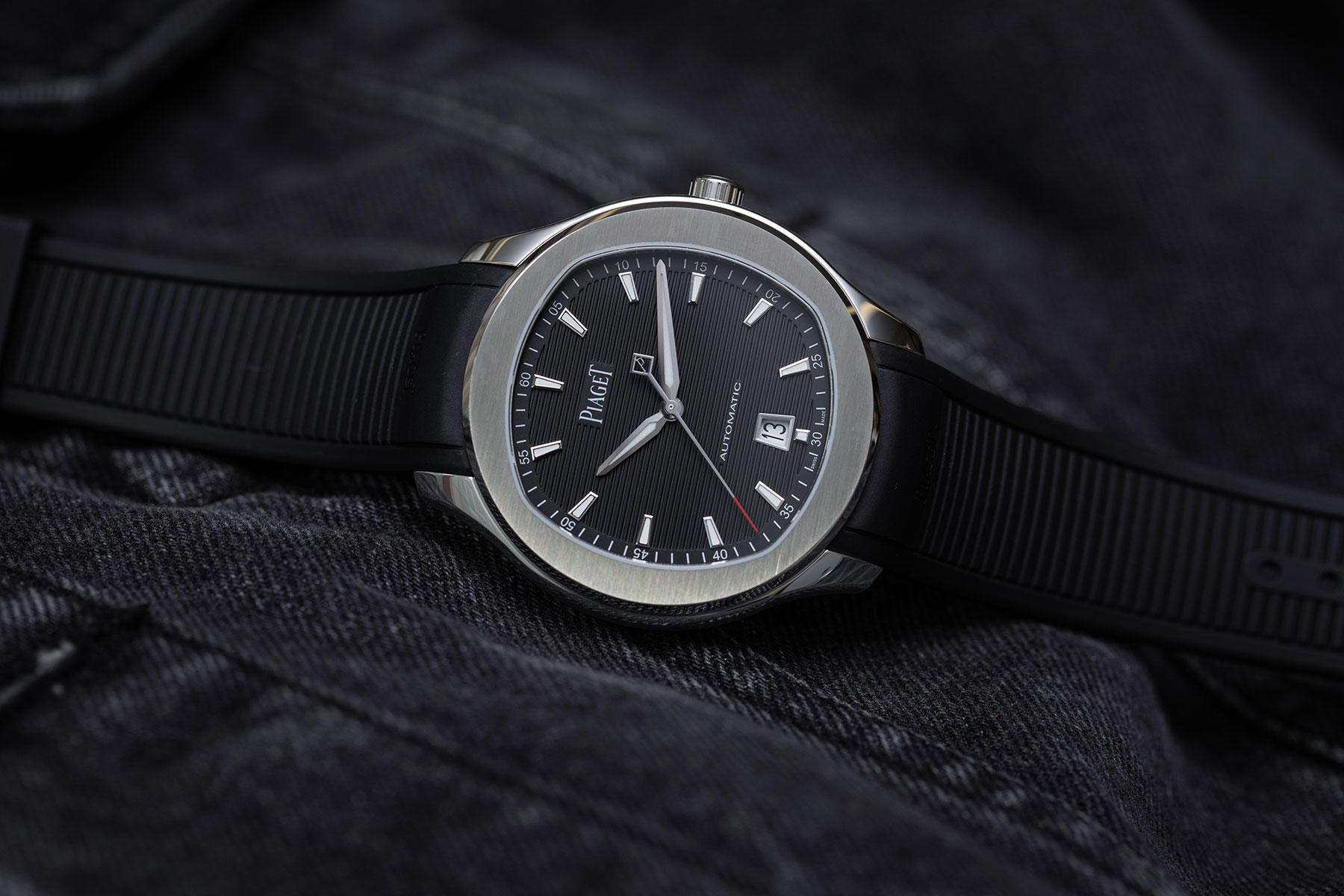
Piaget Watches: Milestones and Models Everyone Should Know
Piaget is one of those unusual brands that doesn’t only specialise in producing some of the highest quality watches available on the market, but also some of the finest jewellery. What’s more, the two areas of craftsmanship often unite, leading to Piaget’s reputation for producing some of the most interesting and creative luxury timepieces in the industry. With that in mind, let’s take a look at the journey Piaget watches have taken since the company’s foundation and how it led to the luxury – and occasionally even record-breaking – watches that Swiss brand Piaget produces today.
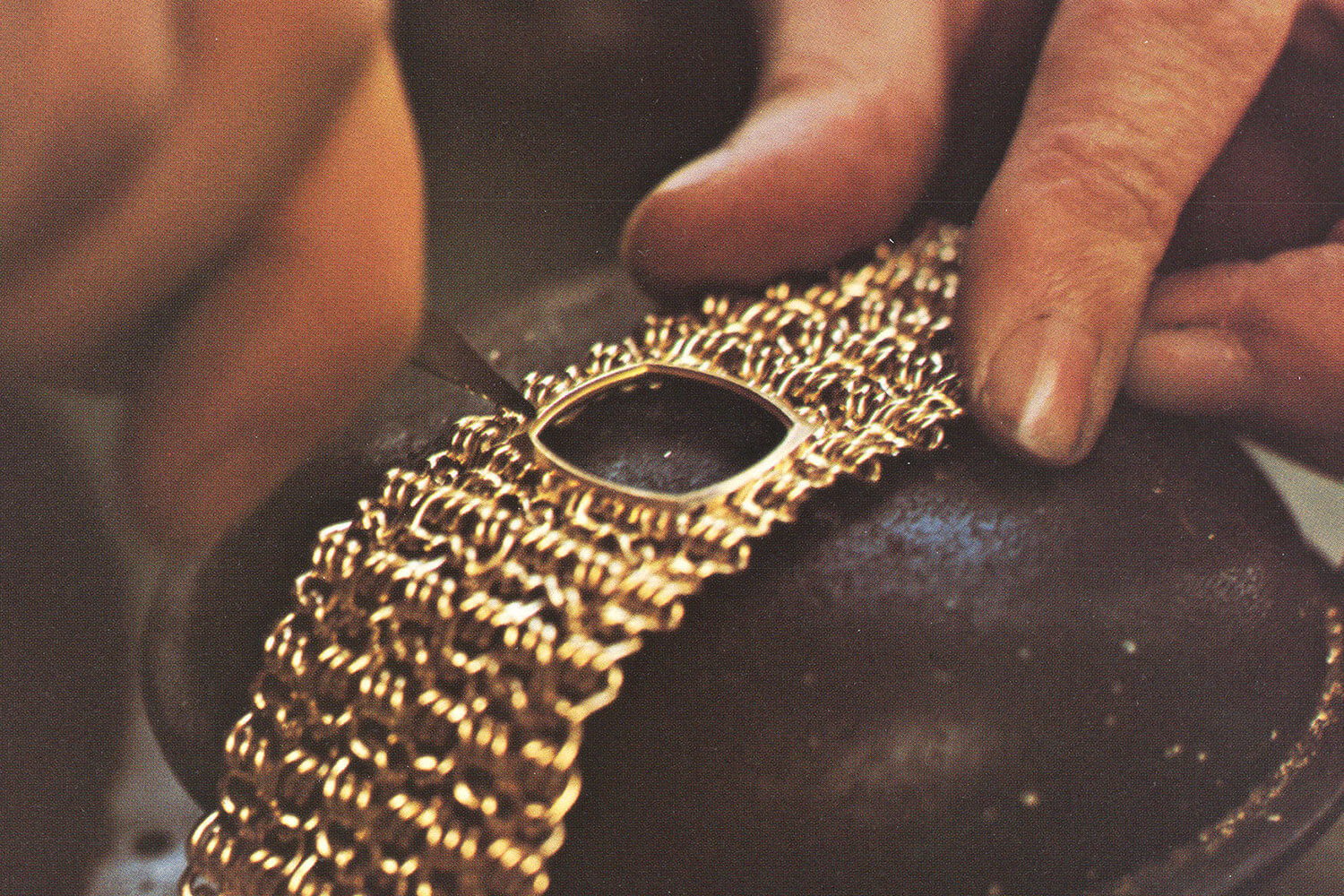
Who founded Piaget?
In 1874, a 19-year-old named Georges Piaget famously founded an atelier on his family’s farm, mainly creating movements for established watchmakers. In 1911, Timothée Piaget assumed leadership of the family business from his father, Georges, helping to move the company from being an external supplier to creating its own pocket and wristwatches. It wasn’t until 1943, however, that Timothée Piaget’s grandsons, Gérald and Valentin, established ‘Piaget’ as an official trademark. In that same year, a new manufacture was established in La Côte-aux-Fées, where the brand remains based to this day.
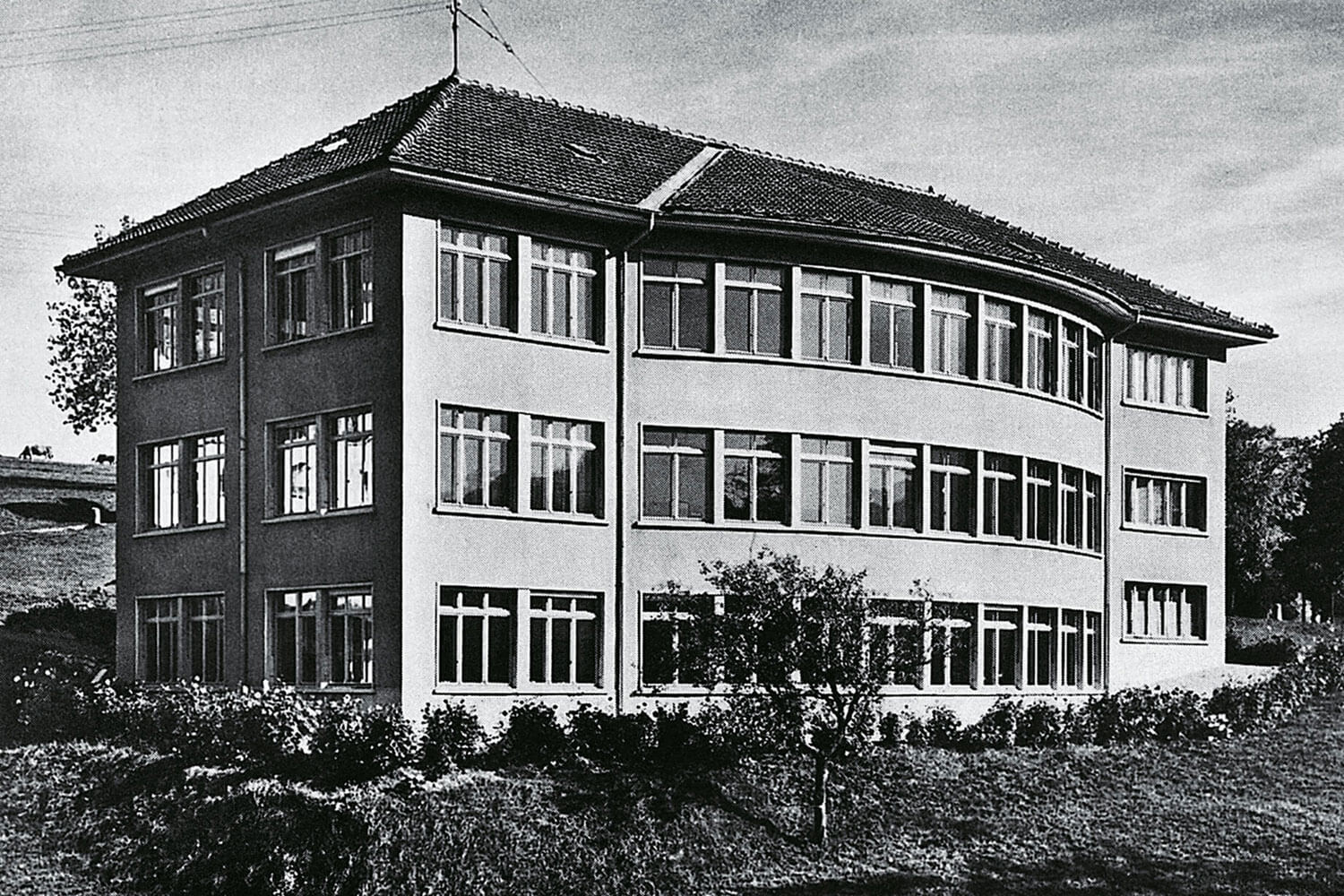
Since then, the company has been producing its own signature Piaget watches, establishing itself as a renowned global brand in the watchmaking industry. Even today, under the helm of Piaget CEO Benjamin Comar, Piaget steadfastly sticks to its founder’s mantra: ‘Always do better than necessary.’
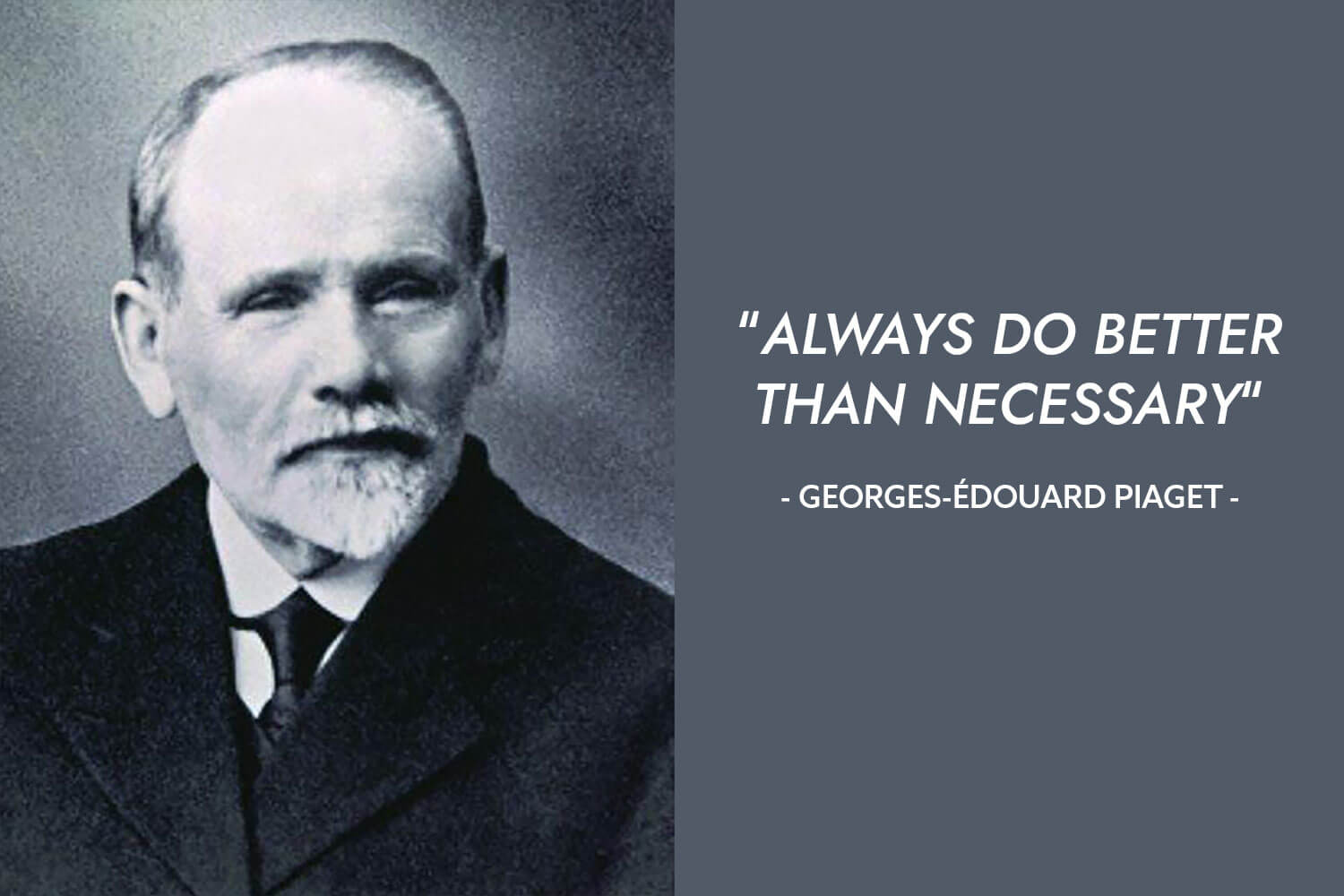
What are the most iconic Piaget watches?
Today, Piaget is undoubtedly best known for its sporty Polo watch. However, its repertoire unsurprisingly spans far beyond this single model. Other key collections include the Altiplano, Limelight Gala, Black Tie, and Possession. With that in mind, let’s take a closer look at the collections.
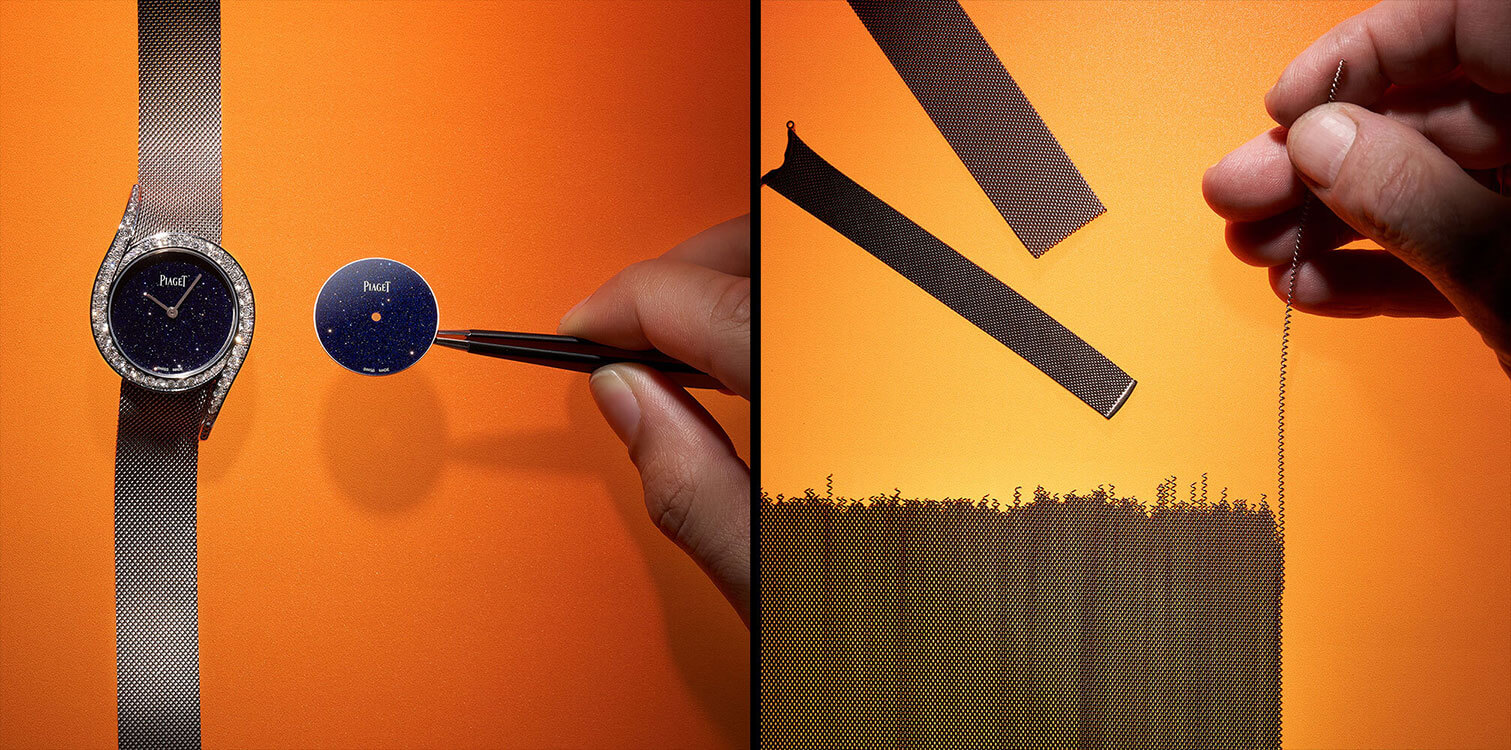
Piaget Altiplano
Let’s start with the Piaget Altiplano, one of the manufacture’s best-known watch models. The Altiplano and its ground-breaking calibre 9P were first introduced under Valentin Piaget in 1957. At this time, the brand was developing fast: one particularly important milestone was the opening of the ‘Salon Geneva’ in 1959, which encouraged high-flyers and big names alike to socialise via the Piaget brand, thus enhancing its glamorous reputation.
This was closely followed in 1960 by the calibre 12P. This ultra-thin mechanical movement with micro-rotor ultimately established Piaget in the field of ultra-thin engineering.
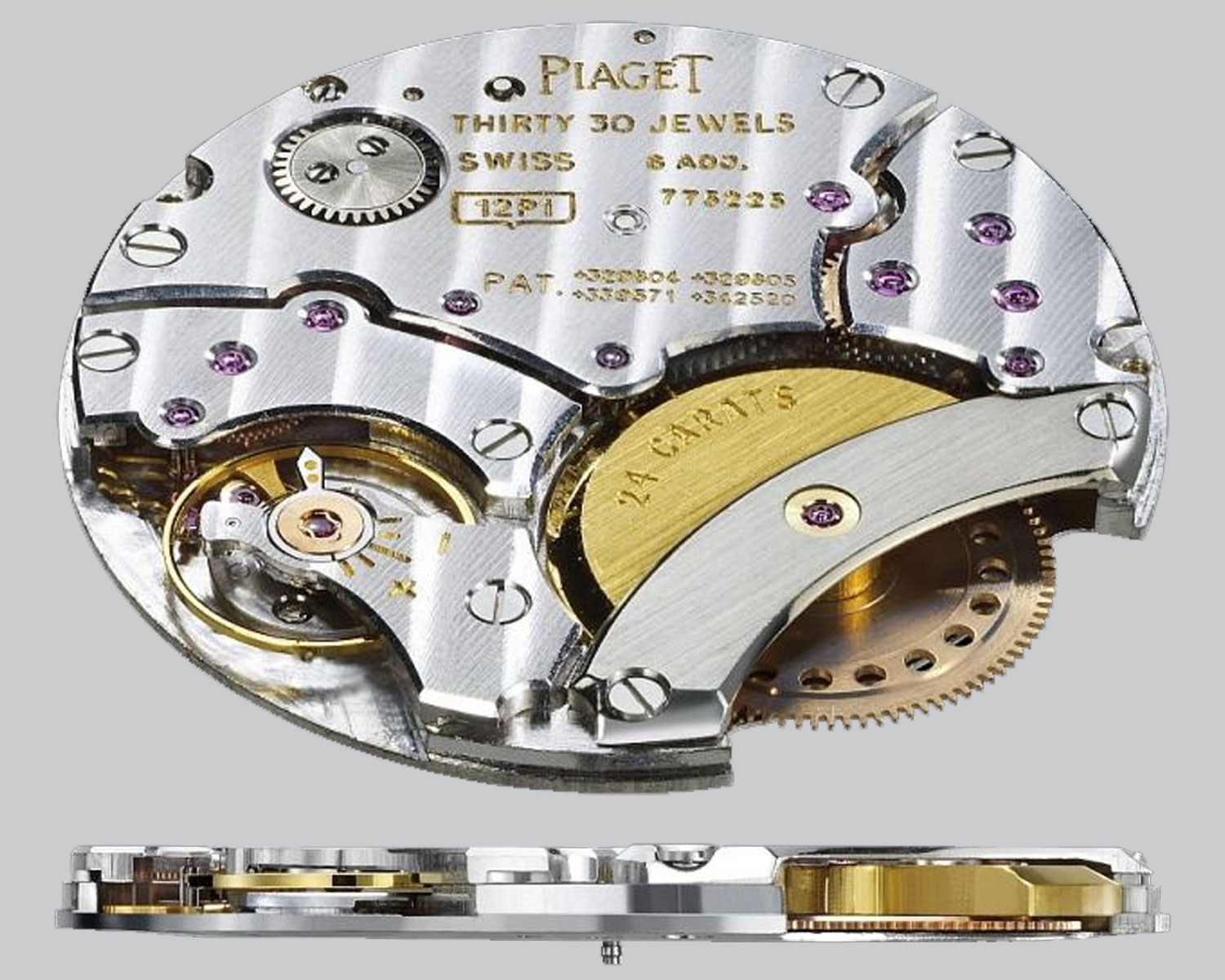
The Altiplano’s name refers to the plateau Altiplano in Peru – and the watch’s design draws inspiration from the flat, open land. Thus, we can define the Altiplano watches by their clear lines, emblematic finishes, and the fact that they sit very flatly on the wrist. Furthermore, the Altiplano is easily recognisable thanks to its off-centre displays, alternating double and single indices, and baton hands. Of course, these days, the watches are also best-known for their ultra-thin movements, not least the Altiplano Ultimate Concept’s 900P-UC, which allows it to have a height of a mere 2 mm.

Altiplano Ultimate Concept’s 900P-UC
Finally, just this year, the maison brought forth a new Altiplano watch that is breaking records as the thinnest tourbillon watch in the world, also boasting an overall height of 2 mm.
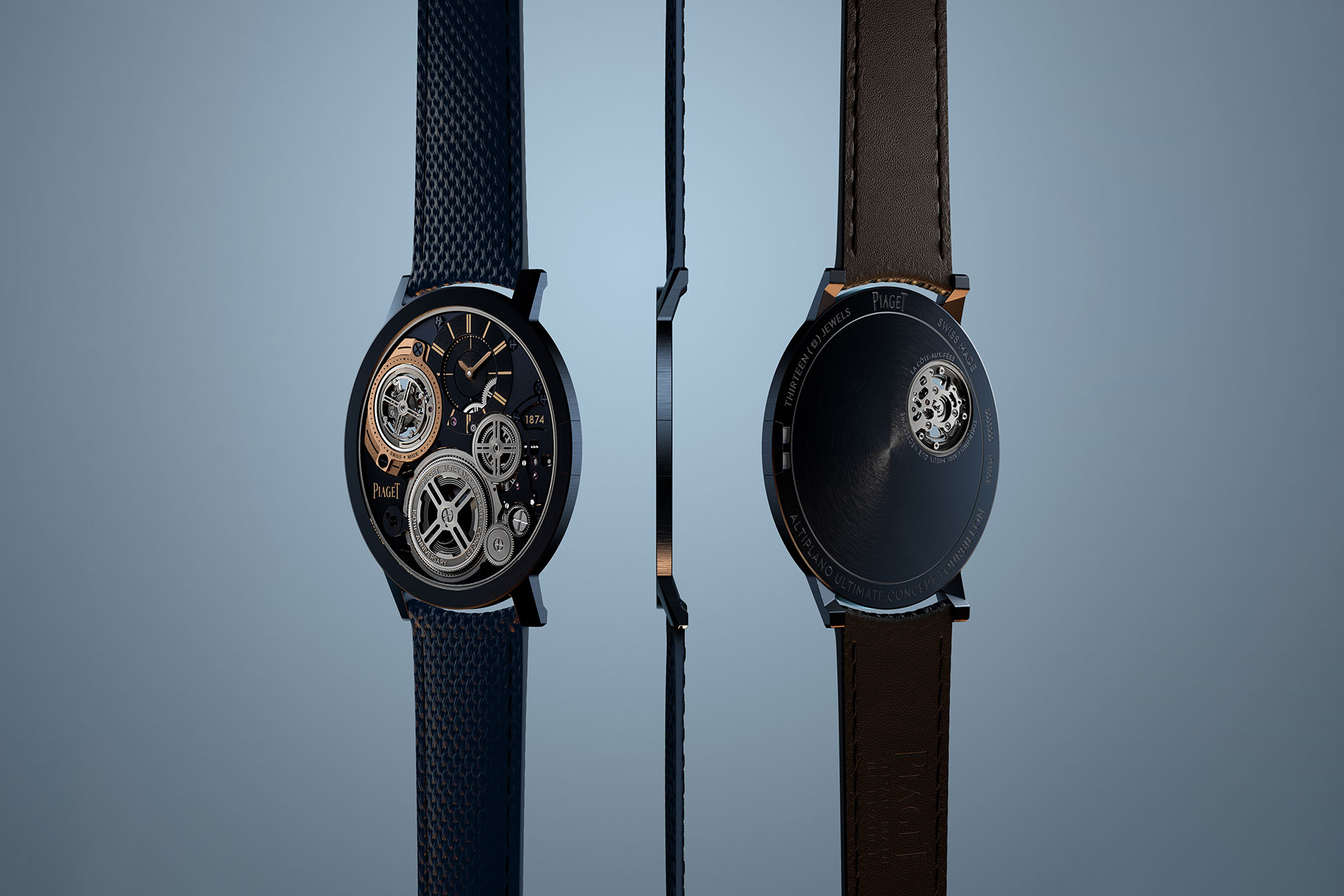
Altiplano Ultimate Concept Tourbillon 150th Anniversary
Piaget Limelight Gala
The Limelight Gala is an important model for Piaget in the sense that it marked Piaget’s first foray into jewellery watches. What’s more, the Limelight Gala was introduced in the early 1970s, aka Piaget’s golden era. Conceived under Yves’ creative eye, the Limelight Gala watches produced shortly after its establishment were immediately recognisable thanks to their employment of ornamental stones for the dials, opulent use of jewels, and even daring decision to integrate unusual materials such as peacock feathers.
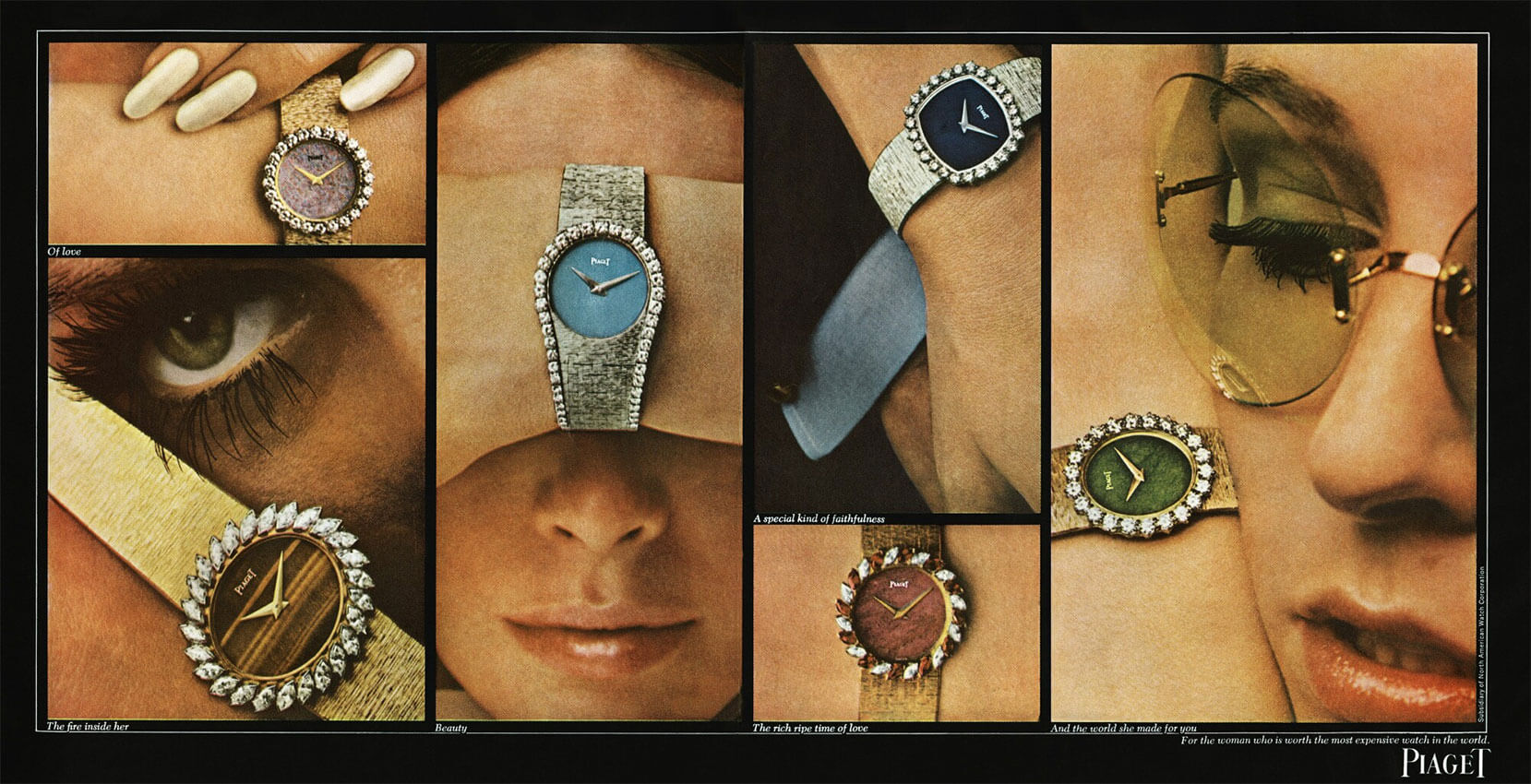
These design decisions were significant: never before had a luxury brand consistently integrated materials such as lapis lazuli, opal’s tiger eye, and jade. Textured bracelets crafted from precious materials stunned and impressed the brand’s followers. Today, the watches are also in favour thanks to their elegant, curvaceous bezels that arc their way across the case and onto the bracelet or satin strap.
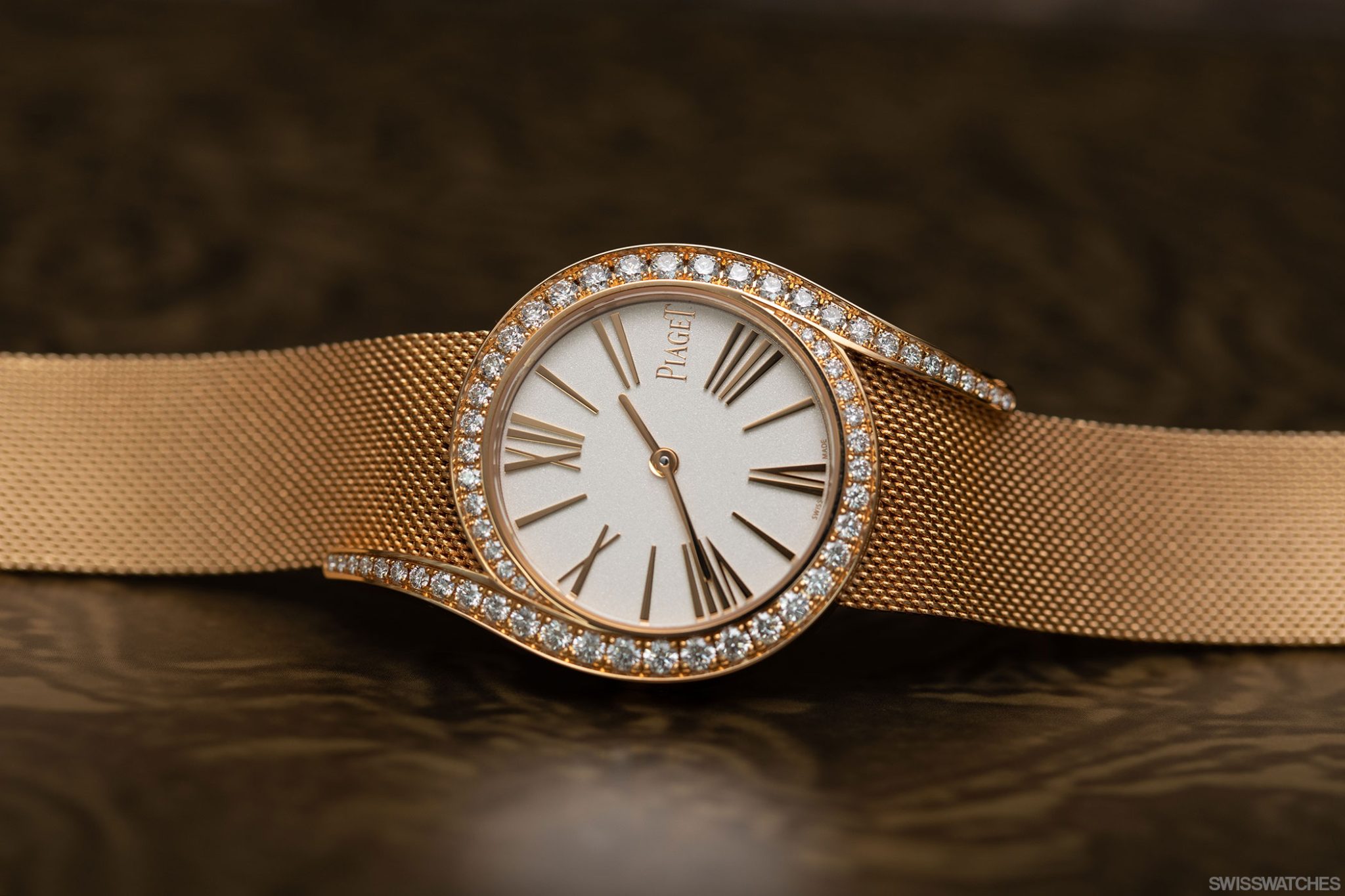
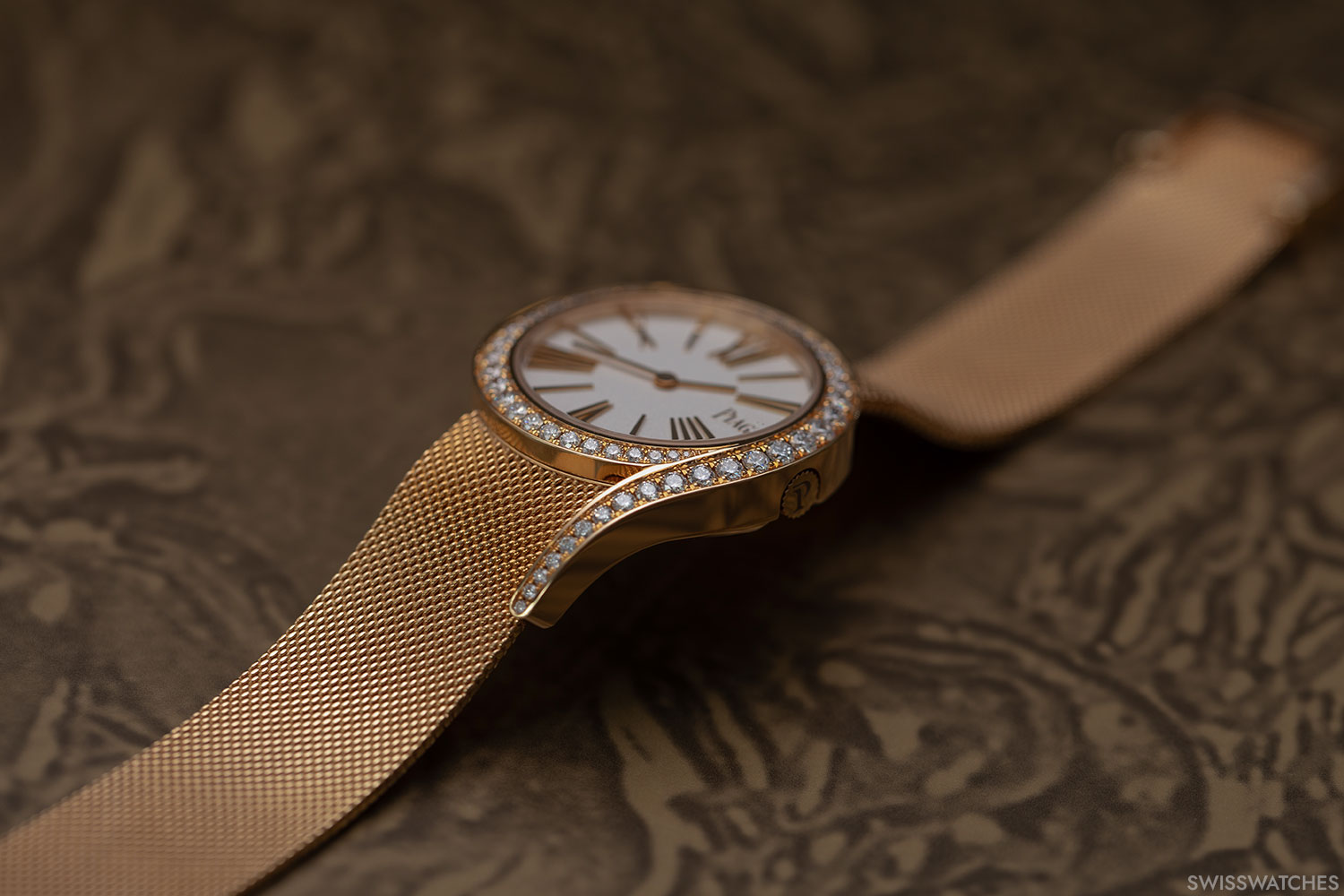

Piaget’s celebrity following
In general, the late 1960s and 1970s went on to define Piaget due to the celebrity following the brand gained during this time: think Andy Warhol (a close friend of Yves Piaget), Sophia Loren, Jackie Kennedy, Elizabeth Taylor, and Salvador Dalí. In this sense, Piaget played a pivotal role in luxury watches’ status as ‘success symbols’ as well as being seen as artistic creations. This translates nicely into the modern-day watch industry, as many luxury horology houses like to associate themselves with the art world.
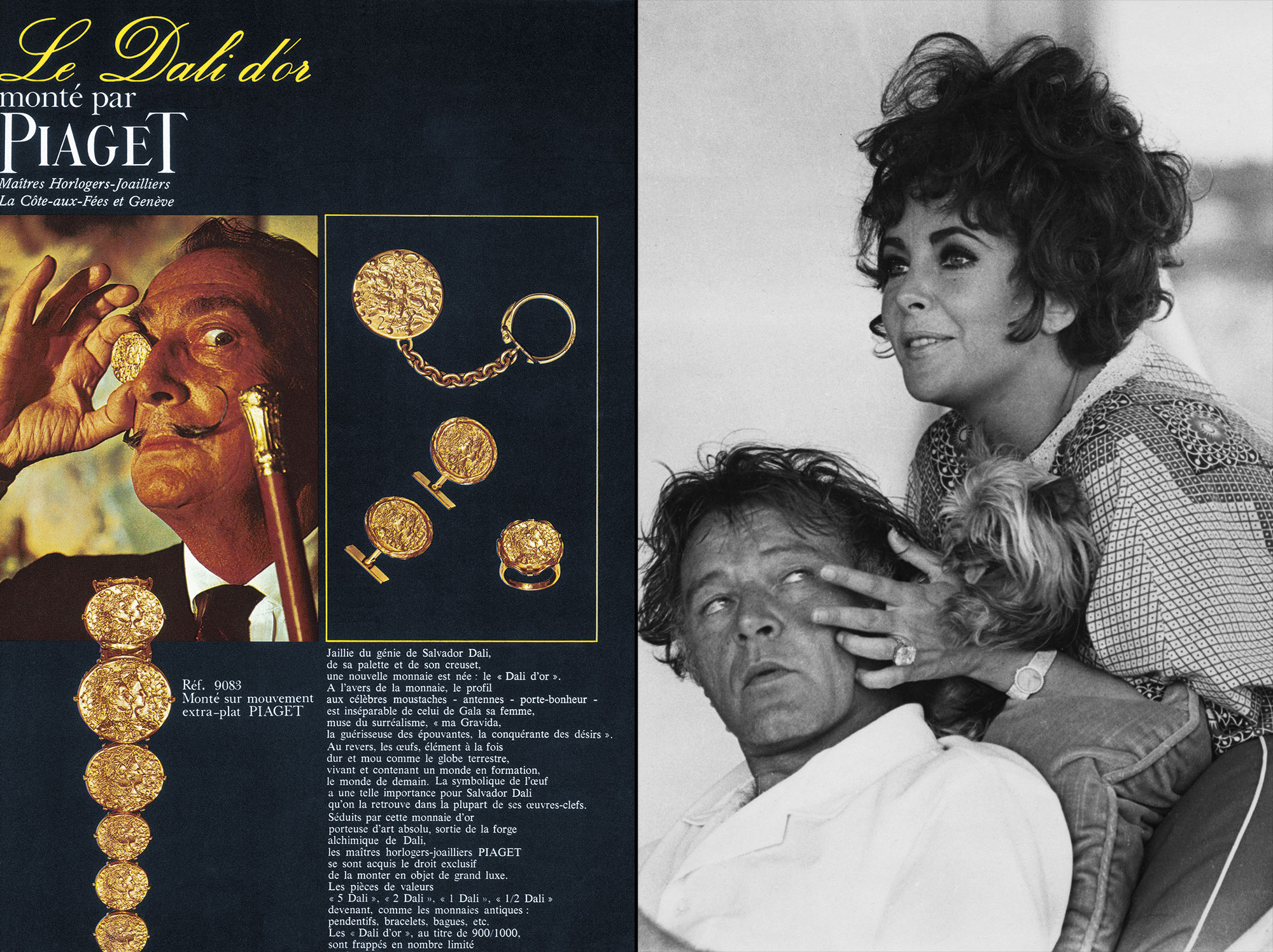
The Piaget Black Tie
This brings us to another important classic: the Piaget Black Tie. For those wondering, ‘Do watch collectors buy Piaget?’, we can easily find the answer by turning to this particular model. The Black Tie is a favourite amongst collectors because of its history, with its close links to artist Andy Warhol. As the owner of no less than seven Piaget watches, the Black Tie was a favourite with the artist. Back then, Andy Warhol and Yves Piaget would travel together to various events, frequenting the likes of Palm Beach, New York, and of course the iconic Studio 54. In terms of design, this postmodern masterpiece features a minimalist dial and sculpted case with gadroons.
Piaget: The collector scene
Today, collectors fixate upon vintage models, and we’ve also seen the odd rare yet phenomenal special edition – not least the ‘Black Tie Vintage Reedition’ with its signature green malachite dial.
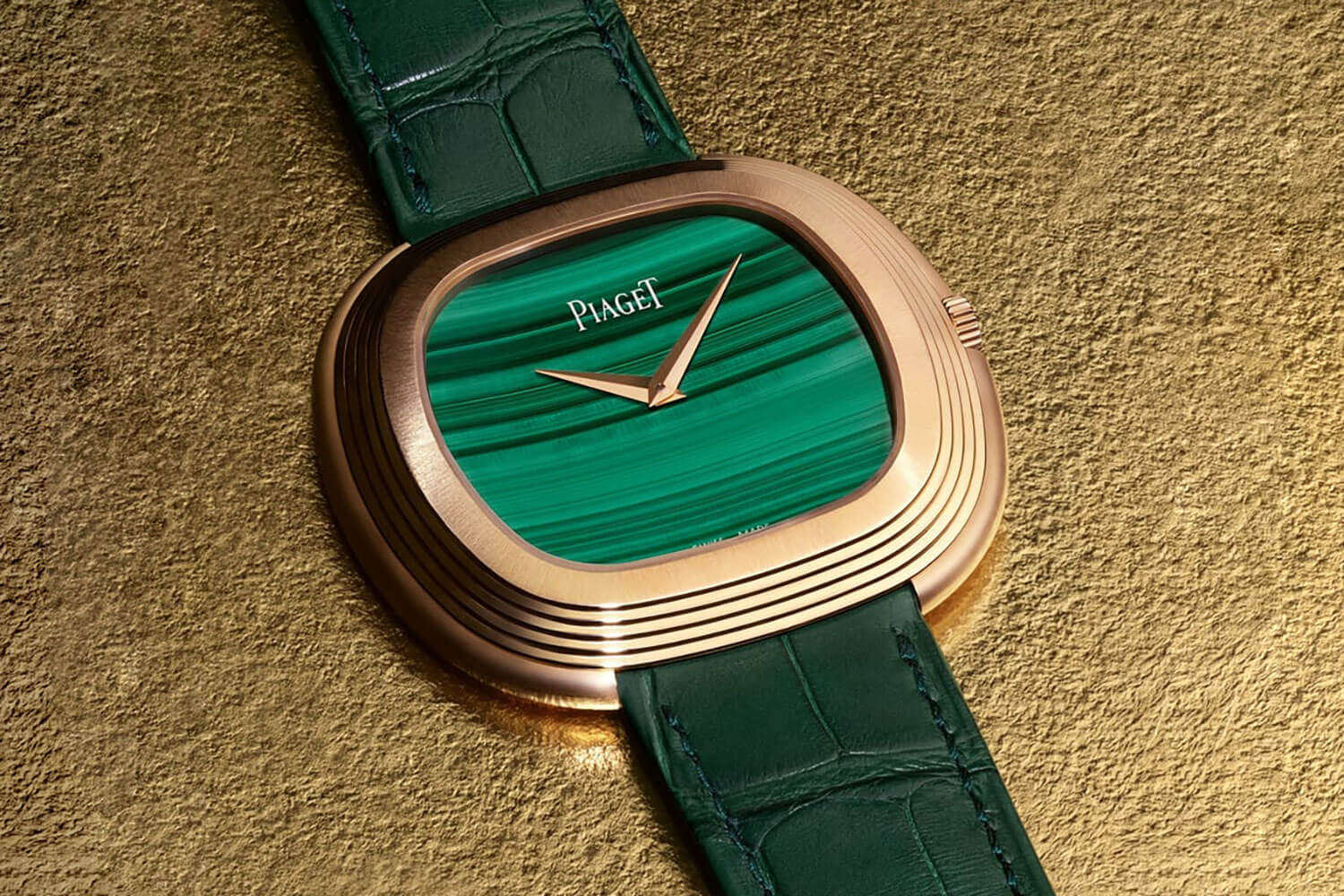
Naturally, other watches are also popular with various collectors, not least special ‘high jewellery’ editions and those that showcase Piaget’s expertly crafted precious metal bracelets with their unrivalled finishing techniques. Of course, many also treasure the Piaget Polo vintage models, not least since the brand reintroduced the model in its 21st century form earlier this year.
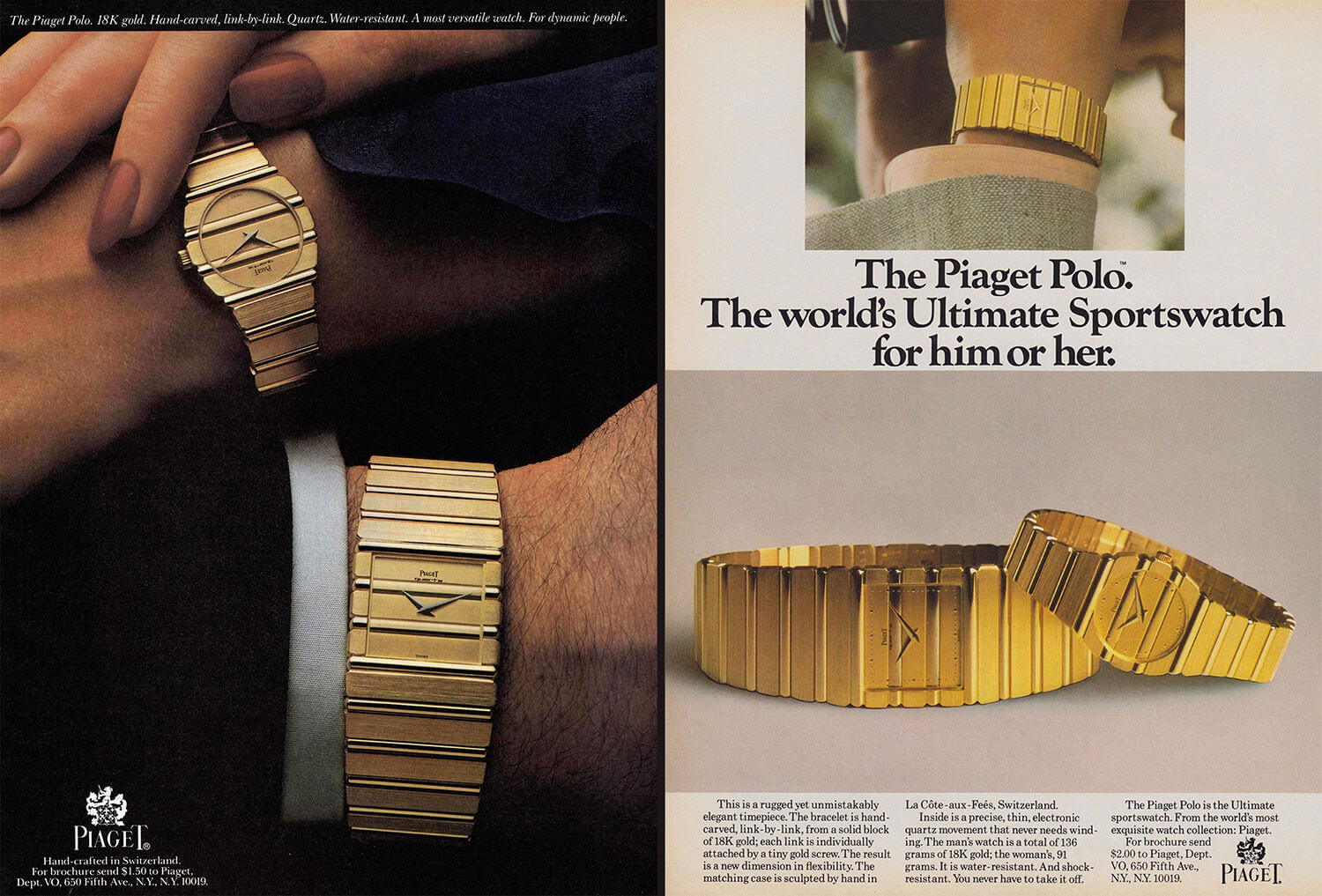
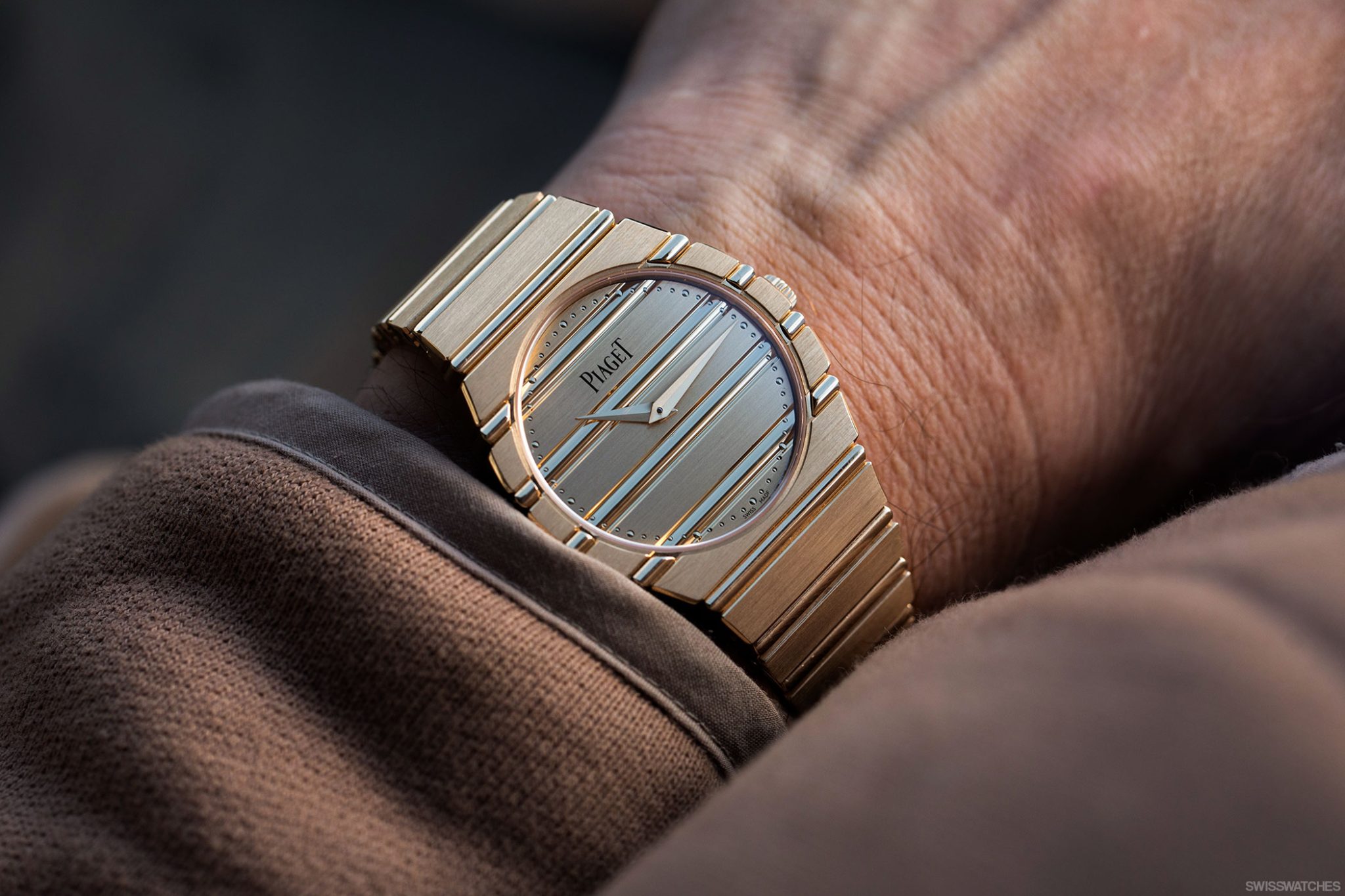
‘Do what has never been done before’
– Valentin Piaget
As the ‘it’ crowd of the day flocked to the Piaget Geneva Salon, Piaget events also became the place to be. In 1979, Piaget jumped onto the sports watch bandwagon with the introduction of the Piaget Polo watch. While other major brands such as AP and Patek opted for trusty steel models, Piaget stayed true to its resolve to only work with gold and platinum.
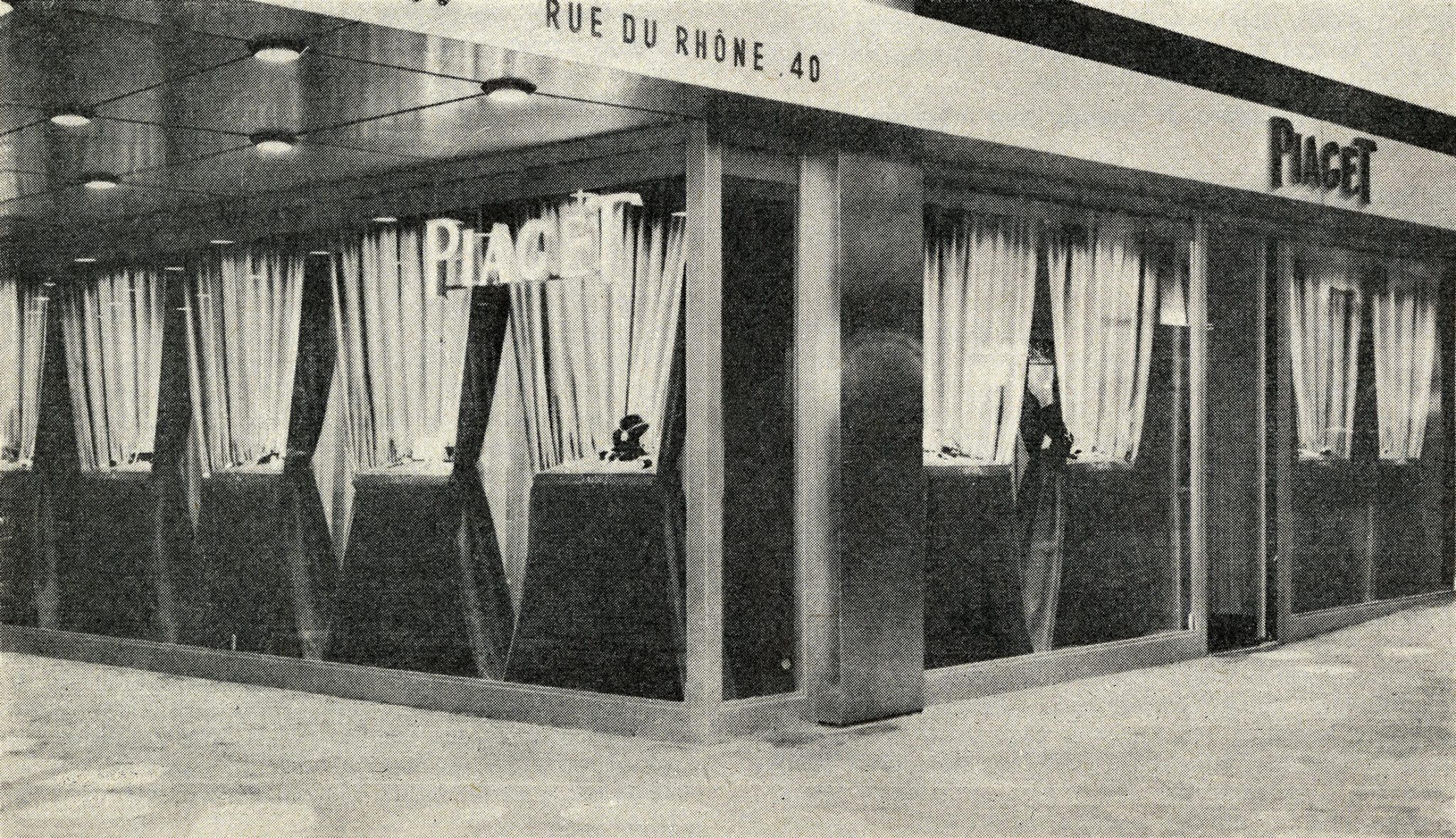
Nevertheless, the first Piaget Polo watch encapsulated the ‘casual chic’ aesthetic taking hold in the luxury industry at that time. Today, of course, Piaget offers numerous steel Polo S models, alongside diamond studded, skeletonised and precious metal versions. It’s important to also mention another model that has fast become a collector favourite – the recently relaunched Polo 79, which has immediately become one of the brand’s most luxurious and coveted watches. You can read our coverage on this important timepiece here.
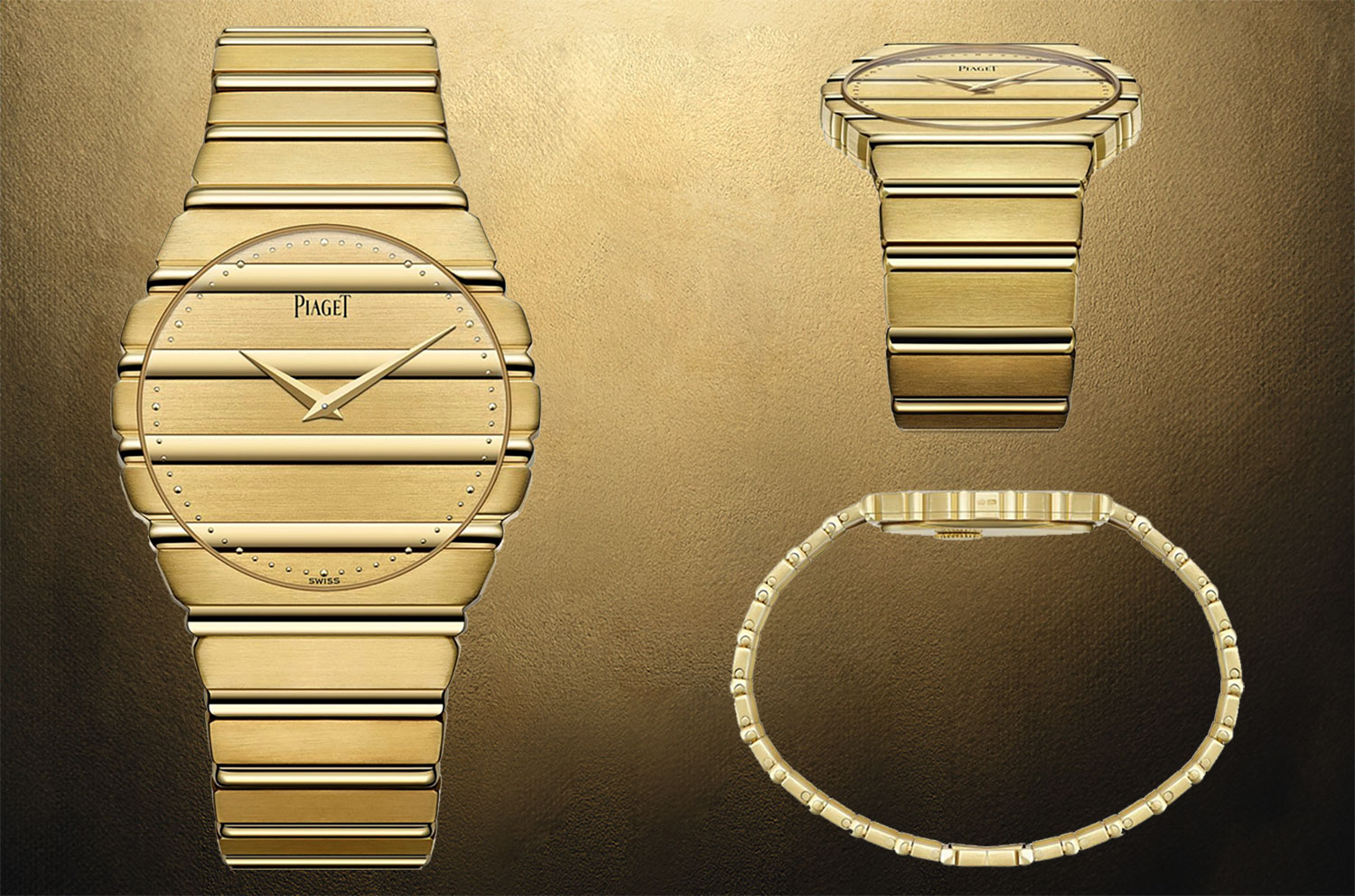
An emblem of craftsmanship: The Piaget Possession
Lastly, the Piaget Possession collection, introduced towards the end of the century, added an element of playfulness to the already colourful company. Today, women can also opt for a Piaget Possession watch, which are easily recognisable thanks to their pleasingly circular design, dainty size, and rotating bezels. Often integrating precious stones, the watches also pay homage to Piaget’s expertise in the field of jewellery.
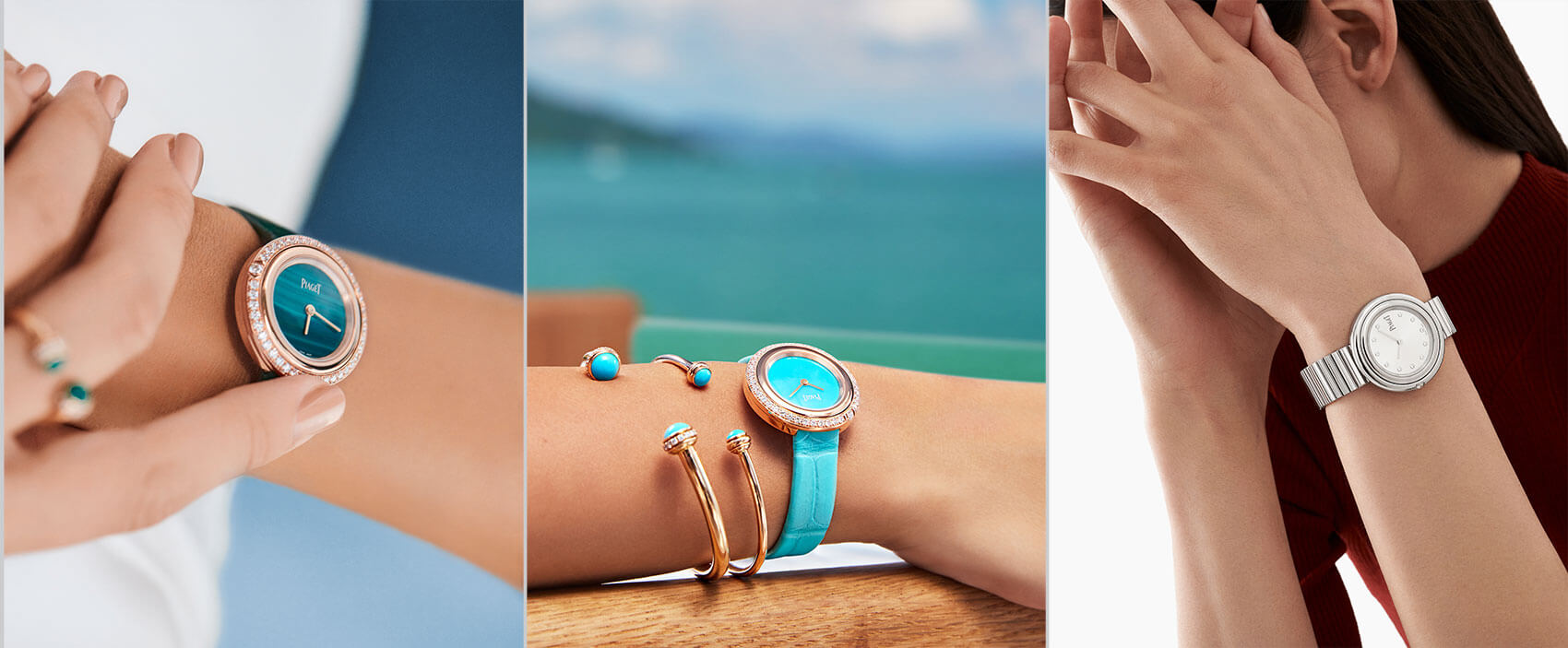
Piaget – A luxury Swiss brand
Whether a glittering Piaget Possession or an ultra-thin skeletonised Altiplano, Piaget never stops fostering its culture of savoir-faire and creativity. Its combination of high jewellery and watchmaking is hard to find elsewhere in the industry. This earns Piaget a high place in the luxury Swiss watch industry, as does its vast and varied history. Its flagship collections and charismatic vintage models mean there is pretty much something for everyone – all that’s left is to discover the watches for yourself.



